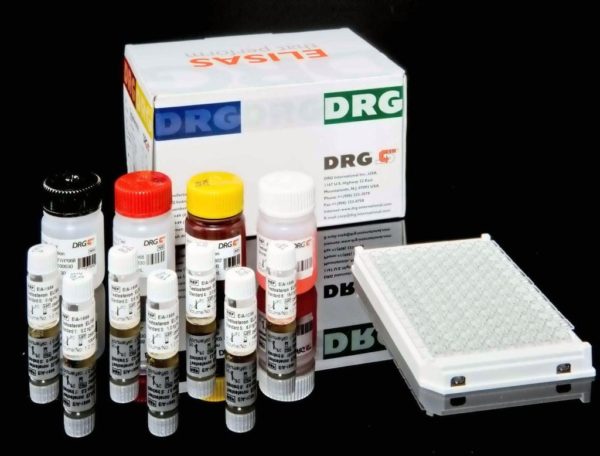Description
The QuickScreenª One Step THC Screening Test is a rapid, qualitative immunoassay for the detection of the THC metabolite (THCA) and other cannabinoid compounds in urine. The cutoff for this test is 50 ng/mL, as recommended by the Substance Abuse and Mental Health Services Administration (SAMHSA), formerly the U.S. National Institute of Drug Abuse (NIDA). This assay is intended for professional use. This test provides only a preliminary test result. A more specific alternate testing method must be used in order to obtain a confirmed analytical result. Gas chromatography/mass spectrometry (GC/MS) is the preferred confirmatory method. Other chemical confirmation methods are available. Clinical consideration and professional judgment should be applied to any drug of abuse test result, particularly when preliminary positive results are observed.
_9-Tetrahydrocannabinol (THC) is generally accepted to be the principle active component in marijuana, although other cannabinoids are likely to contribute to the physiological activity of marijuana. Tetrahydrocannabinol is rapidly absorbed by inhalation and the gastrointestinal tract. It is almost completely metabolized. The predominant metabolite, 11-Nor-_9-THC-2- carboxylic Acid (or THCA), is found in the plasma, feces and urine along with other compounds. Very low concentrations of THC may be detected in urine during the initial several hours, but THCA persists in urine at a detectable concentration for many days after smoking. Urine based screening tests for drugs of abuse range from complex analytical procedures to simple immunoassay tests. The sensitivity and rapidity of immunoassays have made them the most accepted method of preliminary screening for drugs of abuse in urine. This allows the laboratory to eliminate the large number of negative specimens and focus on the smaller number of initially positive samples.
The QuickScreenª One Step THC Screening Test is a competitive immunoassay that is used to screen for the presence of THCA in urine. It is a chromatographic absorbent device in which drugs or drug metabolites in a sample compete with drug / protein conjugate immobilized on a porous membrane for a limited number of antibody / dye conjugate binding sites. The test device employs a unique combination of monoclonal and polyclonal antibodies to selectively identify THCA and other cannabinoid compounds in urine with a high degree of confidence. In the procedure, the absorbent end of the test device is inserted into the urine sample. The urine is absorbed into the device by capillary action, mixes with the antibody / dye conjugate, and flows across the pre-coated membrane. When THCA levels are below 50 ng/mL (the detection sensitivity of the test), antibody / dye conjugate binds to the drug / protein conjugate immobilized in the Test Region (T) of the device. This produces a colored Test Band that, regardless of its intensity, indicates a negative result. When THCA levels are at or above 50 ng/mL, the free drug in the sample binds to the antibody / dye conjugate, preventing the antibody / dye conjugate from binding to the drug / protein conjugate immobilized in the Test Region (T) of the device. This prevents the development of a distinct colored band, indicating a potentially positive sample. In either case, a colored Control Band is produced in the Control Region (C) by a non-specific antibody-dye / conjugate reaction. This band serves as a built-in quality control device that demonstrates antibody recognition and reactivity as well as confirmation that the test is complete.




